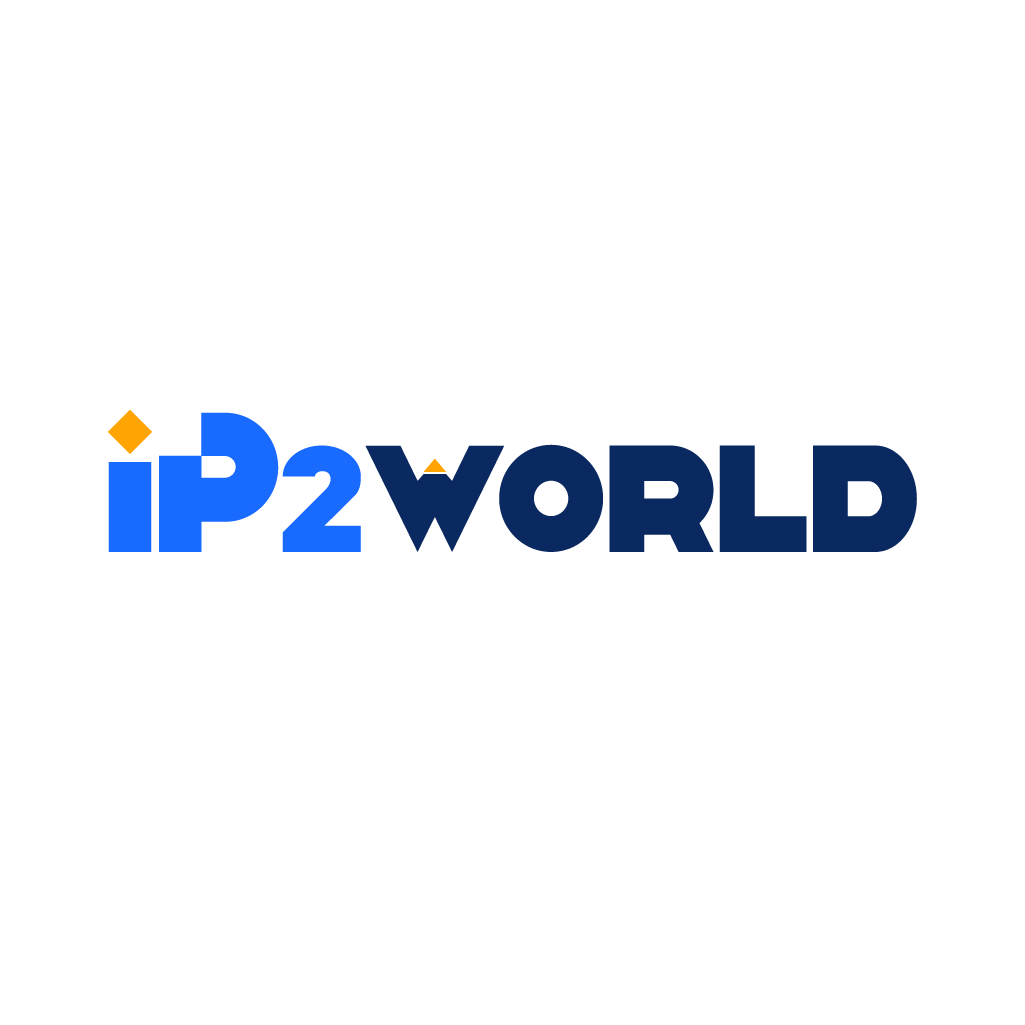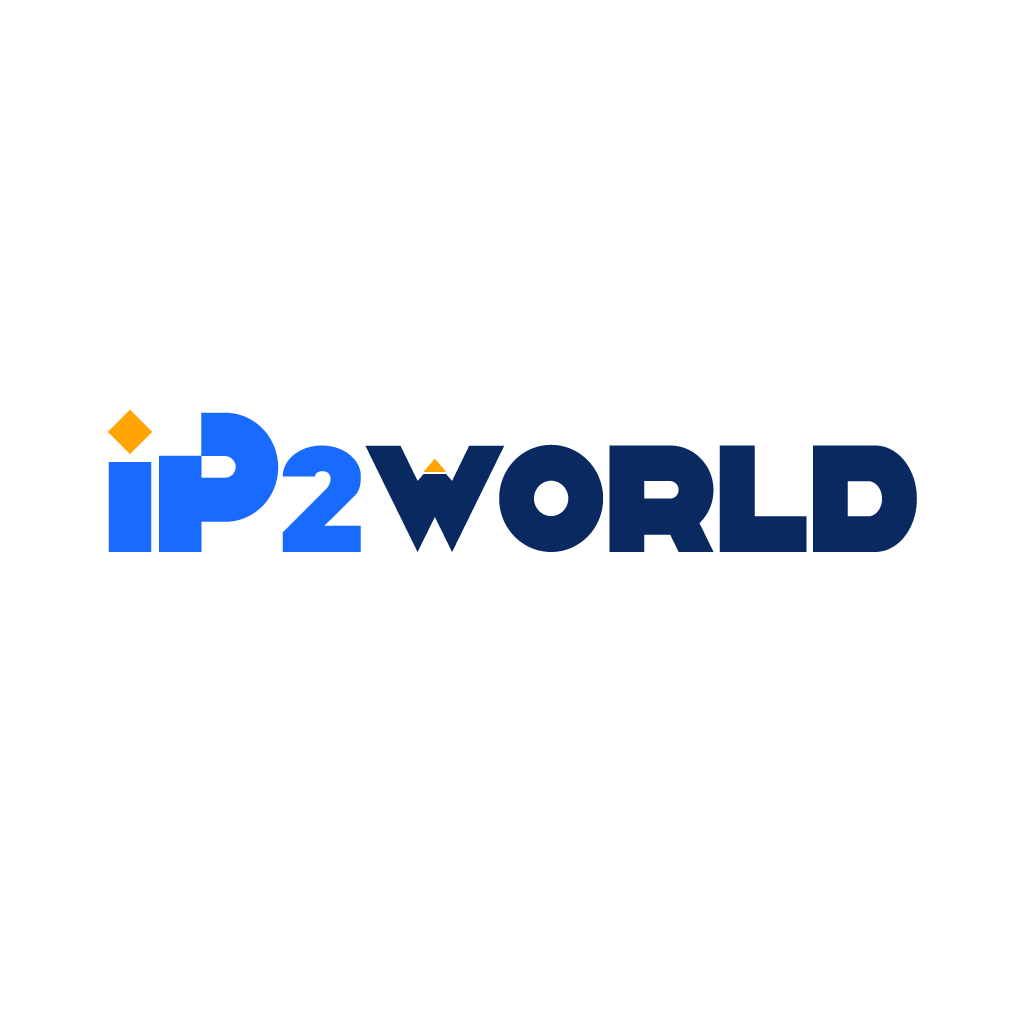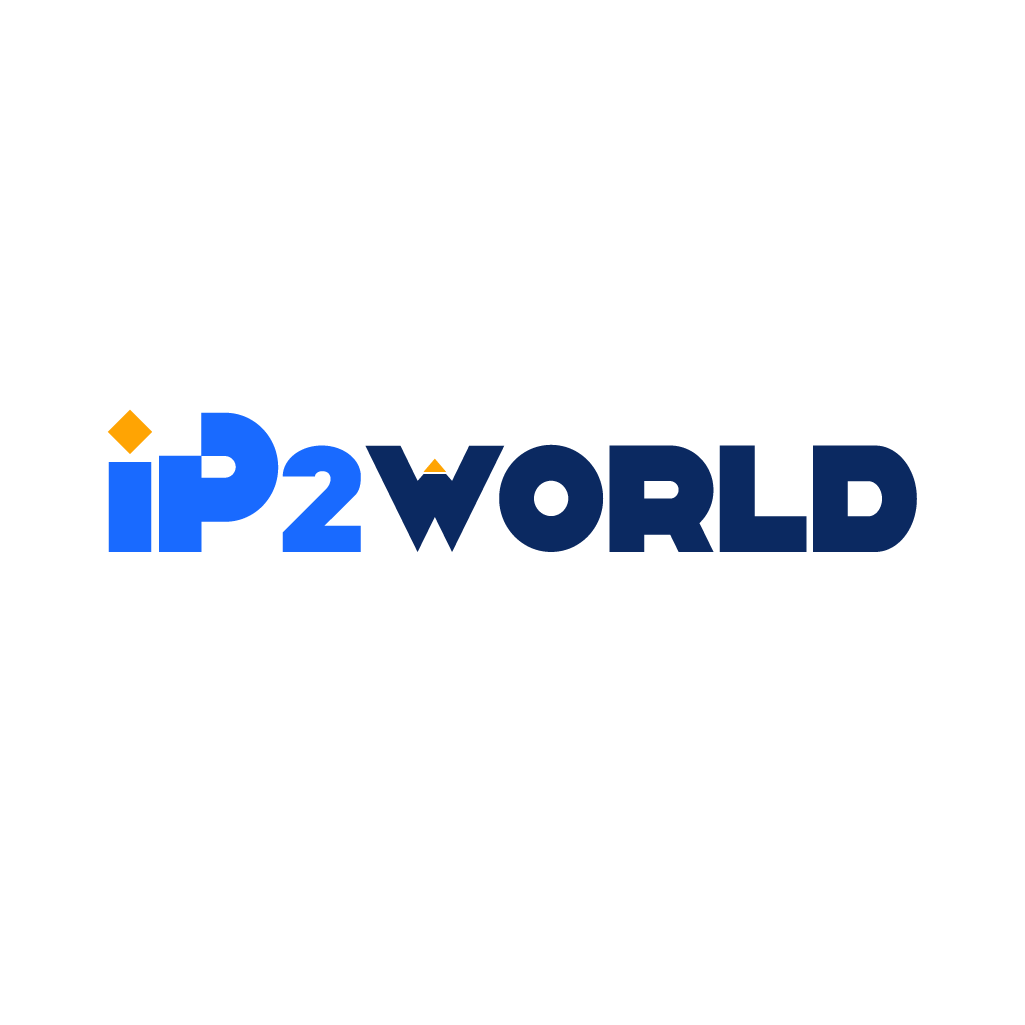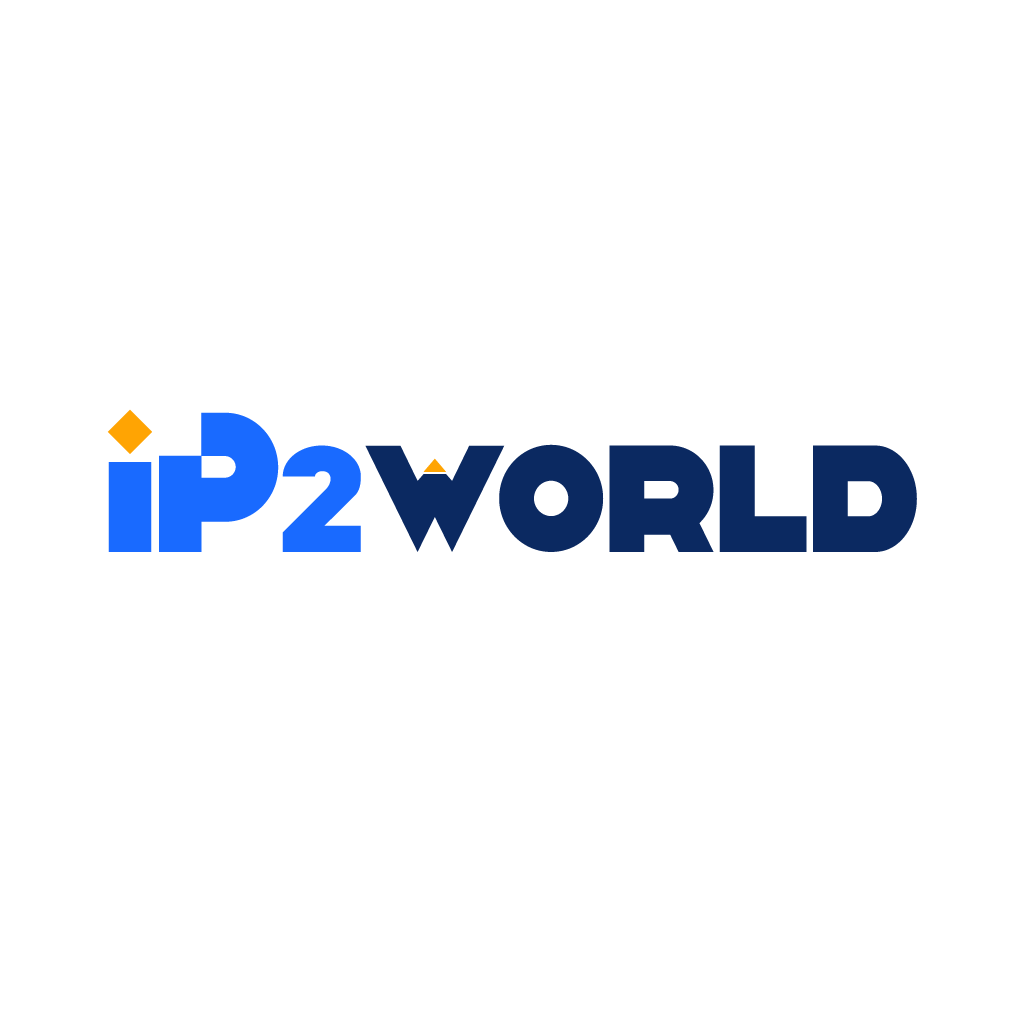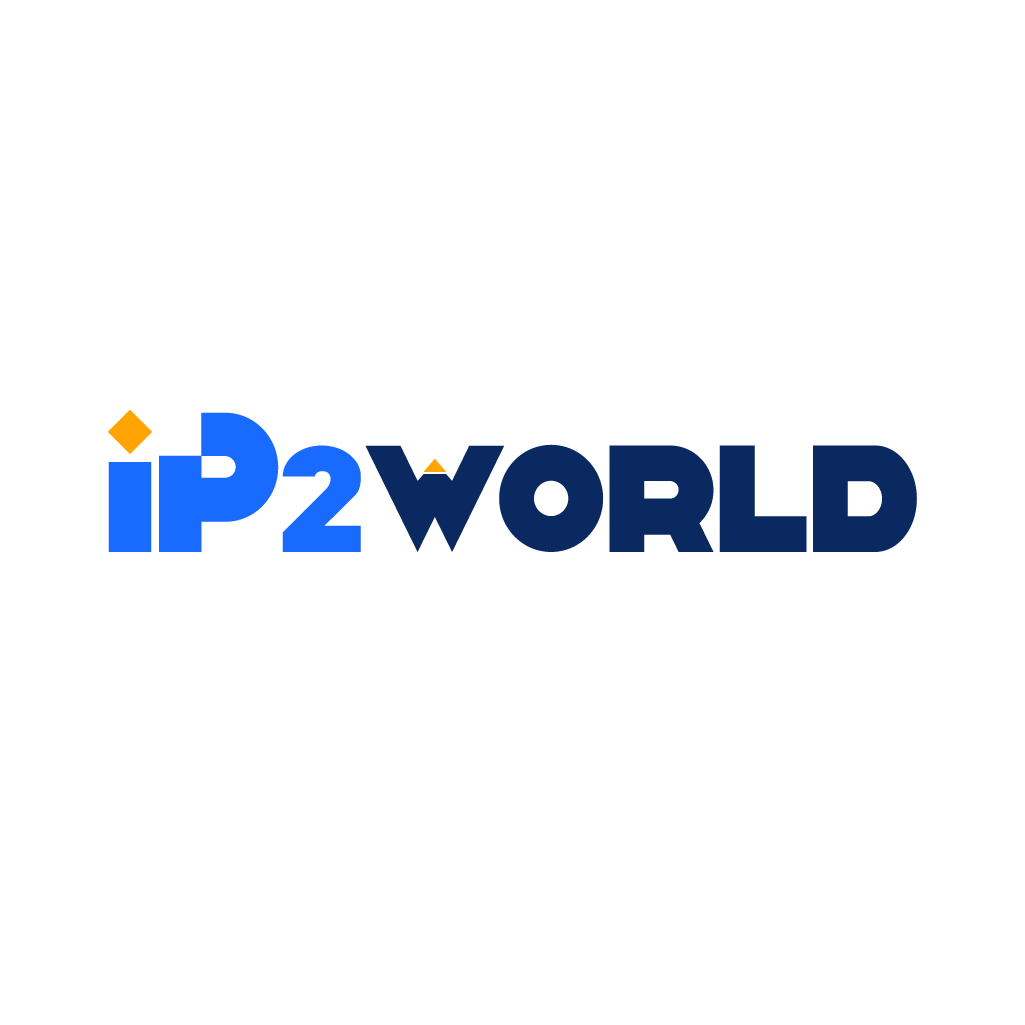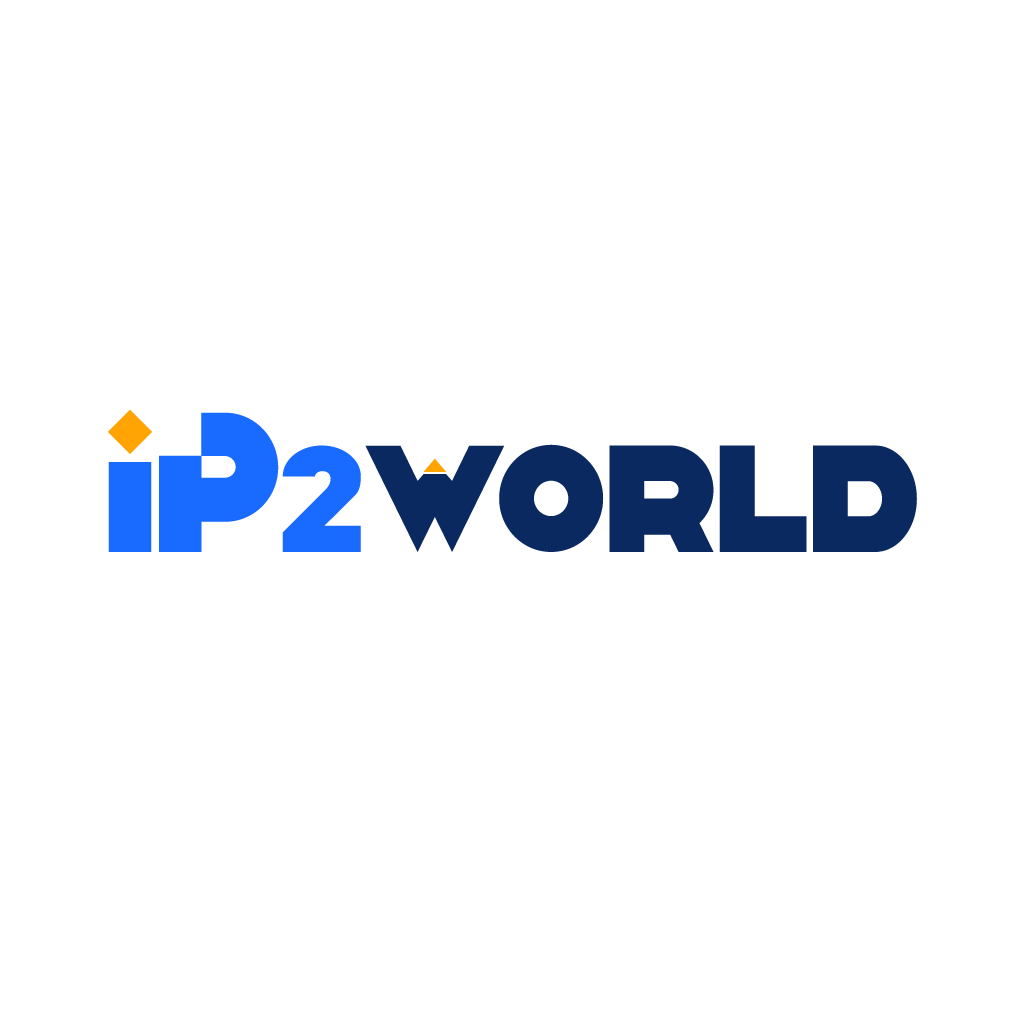IntroductionIn today's digital age, security and convenience are often seen as two sides of the same coin. With the ubiquitousness of internet usage for everything from academic research to corporate work and personal leisure, the need for secure and efficient ways to access online resources has never been more critical. Proxy services (IP2World Proxy Service Provider), including explicit and transparent types, along with various authentication methods, serve as the foundation for achieving this balance. This guide aims to demystify these essential components of online security, revealing how they function and where they are most effectively applied. Whether you're a business leader wanting to tighten your company's internet security or an individual seeking to browse safely, this article offers invaluable insights into choosing the right approach for your needs. Understanding Explicit Proxies: The Bouncer at the Internet Door What is an Explicit Proxy?Explicit proxies are essentially intermediaries that stand between your computer and the internet. These proxies actively filter and manage web traffic, acting like the digital equivalent of a bouncer at a nightclub. They require specific configurations and usually prompt you for credentials or other forms of authentication. How Do They Function?When you initiate a web request—say you want to access a specialized database or a scholarly journal—the explicit proxy intercepts this request. It then prompts you for authentication details, often a username and password. Upon successful verification, the explicit proxy forwards your request to the web server. Essentially, it acts as a gatekeeper, ensuring that only authorized users can access specific content. Real-World ImplicationsIn corporate environments, explicit proxies are commonly deployed to enforce network security protocols and internet usage policies. For example, if you try to read a trade journal or access social media during your work hours, the explicit proxy will likely ask for your employee credentials to determine whether you have the authorization to view such content. These proxies are crucial for controlling bandwidth usage, blocking access to inappropriate content, and protecting against malicious attacks. Advanced FeaturesSome explicit proxies offer advanced filtering capabilities, like data loss prevention (DLP) and threat detection, further enhancing the security framework of organizations. These features can be customized to meet the specific needs of an enterprise, such as compliance requirements or intellectual property protection. Unpacking Transparent Proxies: The Invisible Guardian What is a Transparent Proxy?A transparent proxy operates quietly in the background, offering a seamless browsing experience. Unlike explicit proxies, they don't require users to manually change any settings on their devices. The term "transparent" alludes to their invisible nature; they automatically handle web requests without direct user interaction. How Do They Function?When you type in a search query or click on a link, the transparent proxy comes into play without you even noticing. It screens your web request and determines if it adheres to set policies or security guidelines. If the request is deemed safe and compliant, the proxy allows it to pass through, forwarding it to the intended web server. Real-World ApplicationsTransparent proxies are often deployed in public Wi-Fi networks, like those in cafes, airports, or libraries. These proxies offer an additional layer of security by scanning web traffic for any threats or malicious content. For example, if you're looking up book reviews while enjoying a latte, a transparent proxy operating on the café's Wi-Fi network vets your web request in the background, ensuring a safer browsing experience. Additional ConsiderationsThough transparent proxies offer the advantage of seamless operation, they may sometimes inadvertently block useful or safe content. This is why they are generally complemented by more advanced filtering systems or used in tandem with explicit proxies in more complex network architectures. Both explicit and transparent proxies serve vital roles in today's digital landscape. While explicit proxies offer a more controlled, secure environment, transparent proxies provide ease and seamlessness. Understanding their functionalities and real-world applications can help individuals and organizations make informed decisions about implementing the right type of proxy service. Windows Login: Integrated Windows Authentication (IWA) What Is It?Integrated Windows Authentication (IWA) serves as a cornerstone for organizations that rely heavily on Microsoft's ecosystem. The technology was designed to streamline the user authentication process by automatically using the login credentials entered during the Windows startup phase. This alleviates the need for additional logins when you are accessing secure, internal resources. How Does It Work?When you boot up your Windows PC, you are initially required to input your login credentials. These credentials are securely stored and reused for subsequent authentications. For instance, let's say you need to access an internal company portal or a SharePoint site; IWA identifies and authenticates you based on the initial Windows login. This eliminates the inconvenience of repeated manual logins for each internal resource. Practical ImplicationsImagine an organization where employees have to access multiple internal databases, SharePoint sites, and intranets daily. IWA significantly cuts down on the time spent in logging into each of these services, thereby improving efficiency and user experience. One-Click Sign-In: Windows Single Sign-On (SSO) What Is It?Windows Single Sign-On (SSO) further amplifies the ease of access across various platforms and services. It allows users to employ a single set of credentials—usually the same as their Windows login—to access multiple applications or services. How It FunctionsOnce you perform the initial login, usually at the start of your workday, Windows SSO takes charge. You can effortlessly switch between various platforms like your email client, corporate intranet, and even specialized enterprise software without the need for multiple logins. Practical ScenariosIn a healthcare setting, for instance, doctors and nurses can switch between patient records, internal communication channels, and medical databases without wasting time on multiple login screens. This makes SSO not just a convenience feature but a critical component for operational efficiency in time-sensitive environments. Username & Password: LDAP (Lightweight Directory Access Protocol) What Is It?LDAP stands for Lightweight Directory Access Protocol, a proven method for user authentication that requires manual input of a username and a password. How It FunctionsUpon trying to access a secure resource, a login prompt appears on your screen. After entering your credentials, the LDAP server verifies them against its directory before granting access. Real-World ApplicationsLDAP is often used in educational institutions for accessing digital libraries, grading systems, and other secure online resources. It provides a secure yet flexible means of authentication that can be implemented across various platforms and services. One-Time Passwords: Radius Authentication What Is It?Radius Authentication elevates the security game by providing a one-time password (OTP) for each login attempt, making it exceptionally secure. How Does It Function?When you try to log in to a secure resource, the Radius server generates and sends a temporary one-time password to your registered mobile number or email address. You must then enter this OTP to gain access to the resource. A Real-World ApplicationConsider the scenario of online banking. If you attempt to log in to your bank account from a new or suspicious location, Radius Authentication is likely to kick in. It will send a one-time password to your registered mobile number, adding an additional layer of security that guards against unauthorized access. Each of these authentication methods has its unique set of advantages and drawbacks. However, understanding the mechanics behind each can help organizations and individuals choose the most suitable authentication strategy, balancing between convenience and security. Specialized Authentication in Proxy Services: Enhancing Security Through CustomizationIn a rapidly evolving digital landscape, specialized authentication methods play a pivotal role, particularly in the field of proxy services. While we have talked about various general forms of authentication like Integrated Windows Authentication (IWA) and Lightweight Directory Access Protocol (LDAP), specialized proxy services often employ unique approaches like IP Address Authentication and Username & Password Authentication. Let's delve deeper into these specialized authentication mechanisms. IP Address Authentication: The Whitelist Approach (IP2World API Mode)Relation to Previous MethodsIP Address Authentication offers a level of convenience that is somewhat akin to IWA and Single Sign-On (SSO). This method minimizes user intervention by automating the authentication process based on a predefined list of IP addresses. Once your IP address is on this whitelist, you enjoy a seamless, hassle-free browsing experience. How It WorksIP Whitelisting: In this method, the administrator submits an IP address to the proxy service for whitelisting. This process often involves logging into the service dashboard and manually adding the IP addresses that need to be authorized. Automatic Authentication: Once your IP address is whitelisted, any subsequent request from that address is automatically authenticated, negating the need for manual login procedures. Practical ExampleConsider the scenario where you run a data scraping operation for market research. Your server’s IP address would be whitelisted by the proxy service, thereby allowing you to gather data without constant authentication roadblocks. This efficiency is invaluable in operations where time and seamless data flow are crucial. Username & Password Authentication: The Manual Checkpoint (IP2World User+Pass Auth)Relation to Previous MethodsUsername & Password Authentication is a more traditional approach, sharing similarities with LDAP. This method requires manual entry of credentials and, as a result, offers an extra layer of security at the cost of convenience. How It WorksLogin Prompt: When you attempt to access a resource through the proxy service, a prompt appears on your screen asking for your username and password. Credential Verification: After you've entered your credentials, the service runs a verification process. Only upon successful verification is access to the requested resource granted. Practical ExampleSuppose you are keen on maintaining a high level of online anonymity for research or personal reasons. You opt for a proxy service that requires Username & Password Authentication. Each time you activate the proxy, you will be prompted to enter your credentials. It's akin to logging into your email or social media accounts, adding a layer of security that is particularly valuable if you're accessing sensitive or restricted information. By employing specialized authentication methods like IP Address Authentication and Username & Password Authentication, proxy services offer a tailored security solution that can be adapted to specific user needs and operational requirements. Understanding these specialized options provides you with the tools to make informed decisions in optimizing your online security strategy. ConclusionNavigating the complexities of the online world requires a nuanced understanding of various security measures and the options available. We have delved into the mechanisms behind explicit and transparent proxies, explored diverse authentication methods like IWA, LDAP, and Radius Authentication, and even touched upon specialized approaches in proxy services. The key takeaway is that there's no one-size-fits-all solution; instead, your choice should reflect your specific requirements and context. Both explicit and transparent proxies offer unique advantages and trade-offs; the same applies to authentication methods. From the no-nonsense security of Radius Authentication to the seamless experience of Integrated Windows Authentication, there are options to suit every need and operational challenge. Armed with this knowledge, you are better equipped to make informed decisions that can optimize your online security strategy, ensuring a safer, more efficient digital experience. As we continue to evolve in a digital-first world, understanding these layers of online security will not just be a benefit; it will be a necessity.
2023-08-29
